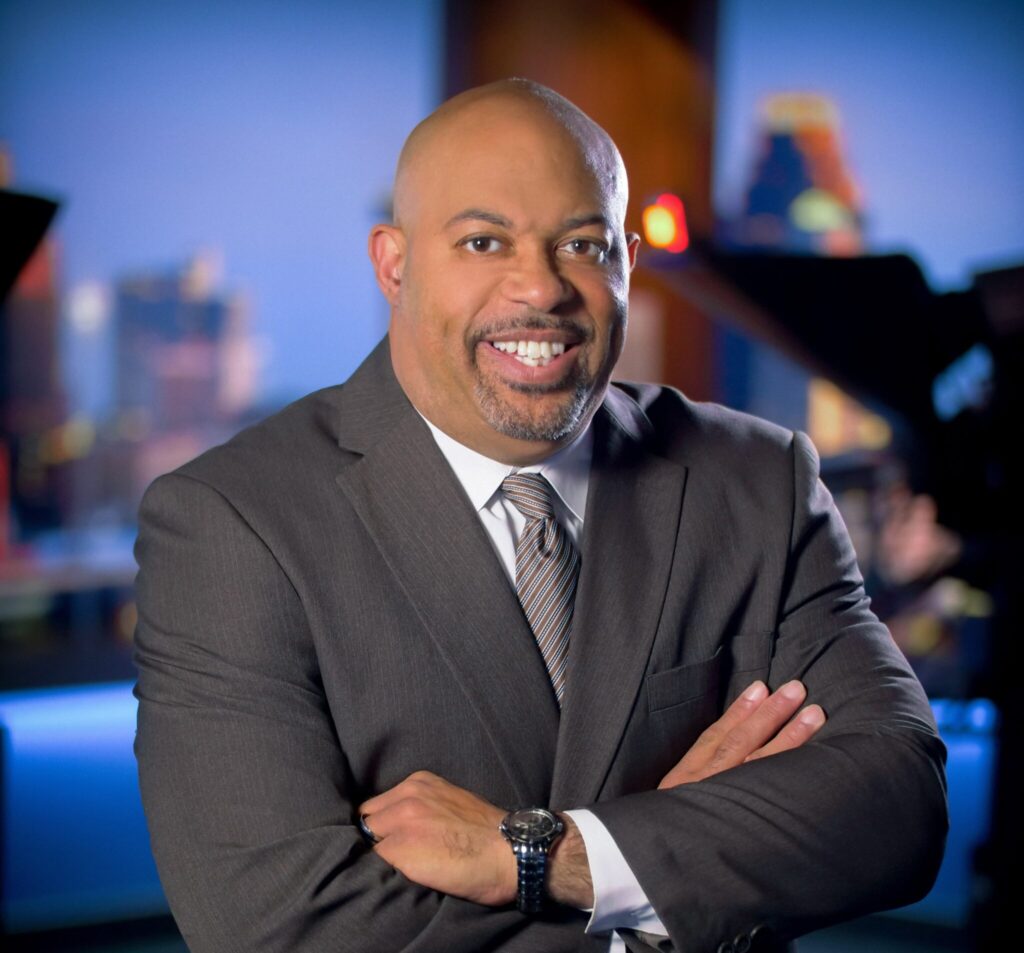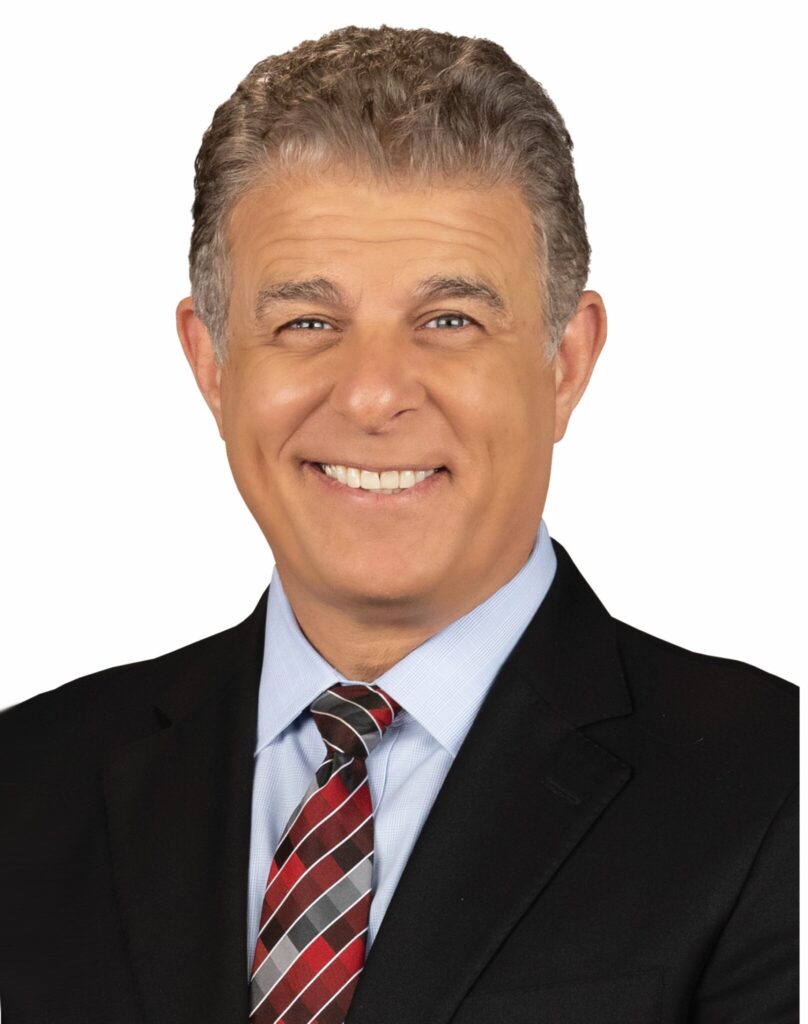 The former UN ambassador and principal in Bounce TV is working to make the case on Capitol Hill for broadcasters who want to keep their digital spectrum.
The former UN ambassador and principal in Bounce TV is working to make the case on Capitol Hill for broadcasters who want to keep their digital spectrum.
Future Of TV Launches, Enlists Andrew Young
Broadcasters have an influential new ally, former United Nations Ambassador Andrew Young, who is joining the TV industry’s fight to help TV stations hang on to their spectrum.
The former Atlanta mayor and ex-congressman is now in the broadcasting business as a co-founder of Bounce TV, the first 24/7 broadcast multicast network targeting an African-American audience.
Young is meeting today with Congressman James Clyburn (D-S.C.), a member of the so-called congressional “supercommittee’’ that is expected to consider a spectrum auction proposal that would grant the FCC authority to reallocate broadcast TV spectrum for broadband use.
“I hope our growth will awaken some of our legislators. I see us growing rapidly enough to have a political impact. I had not looked at this as a legislative problem until I walked in here this morning,” said Young during a press briefing sponsored by the National Association of Broadcasters.
NAB hosted the briefing as part of the official launch of what it’s calling The Future of TV Coalition. The coalition is described by NAB as bringing together “constituencies that rely on broadcast television services, including elected local officials, programming distributors, electronic equipment manufacturers and multicast networks.”
Beside Bounce TV, the coalition includes: Antennas Direct, The Center for Asian American Media, County Executives of America, The Country Network, Digitenna, DLT Entertainment Ltd., LATV Networks & American Latino Syndication, Luken Communications, MHz Networks, Native American Public Telecommunications, New York Television Festival, Open Mobile Video Coalition, Pacific Islanders in Communications, Qubo, This TV and Vme Media.
“The coalition supports the evolution of broadcast television and its integration with other technologies and across many platforms,” reads the coalition’s mission statement. “Our members work together to advance public policy initiatives that allow broadcasters to continue to rigorously innovate and invest to better serve consumers.”
Spanish-language broadcast network Vme is another coalition member that is going to make the case on Capitol Hill for broadcasters who want to keep their spectrum.
“We are very interested in making sure the legislators understand all the ramifications of responsible treatment of the spectrum,” said Carmen DeRienzo, founding president and CEO of Vme, which is primarily carried on public TV stations’ subchannels.
The formation of this coalition is part of a new strategy by the NAB as it attempts to ensure that any spectrum auction proposal Congress approves will contain protections for TV station operators that choose not to participate in auctions.
NAB has been battling the FCC over its proposal to reallocate up to 120 MHz of broadcast TV spectrum so that it could make it available for what the commission believes is the higher purpose of sustaining smart phones, iPads and other broadband mobile uses.
The FCC is hoping that many TV broadcasters will relinquish their spectrum if they can participate in so-called incentive auctions that would, if authorized by Congress, allow broadcasters to share in the proceeds of the auction.
But NAB worries that the FCC’s plan will not be voluntary and could force some broadcasters to give up their spectrum and ultimately diminish the reach and power of all TV stations.
Furthermore, NAB says most broadcasters want to hang on to their spectrum so they can deliver full HDTV and provide new services like multicasting and mobile DTV.
NAB has been working hard to make the point that broadcasters are putting their digital spectrum to good use.
During the NAB press briefing, local TV broadcasters’ efforts to provide local mobile DTV were highlighted by Dave Lougee, president of Gannett Broadcasting and an executive member of the Open Mobile Video Coalition.
“Importantly, broadcasters and mobile DTV are an important part of the longtime solution to the explosion of video traffic on mobile devices. Mobile DTV will play a crucial role as a lifeline during emergencies,” said Lougee.
Over-the-air TV viewership is alive and well according to Richard Schnieder, president of Antennas Direct, a leading distributor of digital and HDTV antenna systems.
During the briefing he argued that there is a growing interest in OTA. “We are struggling to keep up with the demand for antennas,” Schneider said.
“The original goal was to sell 25 antennas a month. Last month Atennas Direct shipped over 80,000 antennas,” he said.
“Bounce TV and Vme are companies that are serving important communities in the United States. We don’t think they should be sacrificed so that you can get a faster download of an app on your iphone,” added NAB President Gordon Smith.
During the press briefing, Young also announced that Bounce TV will soon be offered in the Washington market on a WUSA subchannel (see story here).
Bounce TV which debuted Sept. 26,offers a mix of theatrical motion pictures, live sporting events, documentaries, specials, inspirational faith-based programs, off-net series, original programming and more.
























Comments (1)
Christina Perez says:
November 1, 2011 at 4:19 pm
Best single tactic to protect spectrum: Promote availability of free, over the air broadcast TV stations via mobile DTV chip- equipped hand-held devices — and persuade a major cellphone maker (like Apple) to install the chip in new units. The consumer demand created by the marketplace availability of mobile ATSC m/h devices will cement broadcast TV’s primacy as the most efficient mass medium while driving sales of new cellphones. As of today, almost every major market has one or two stations broadcasting mobile DTV signals, but mobile DTV hand-held sets aren’t in the stores and aren’t being promoted by the electronics industry. “Free” mobile DTV service will prime the market for pay TV channel add-ons to come. By delaying the rollout of free mobile TV, broadcast stations are ceding the market — and maybe their spectrum — to the broadband segment.